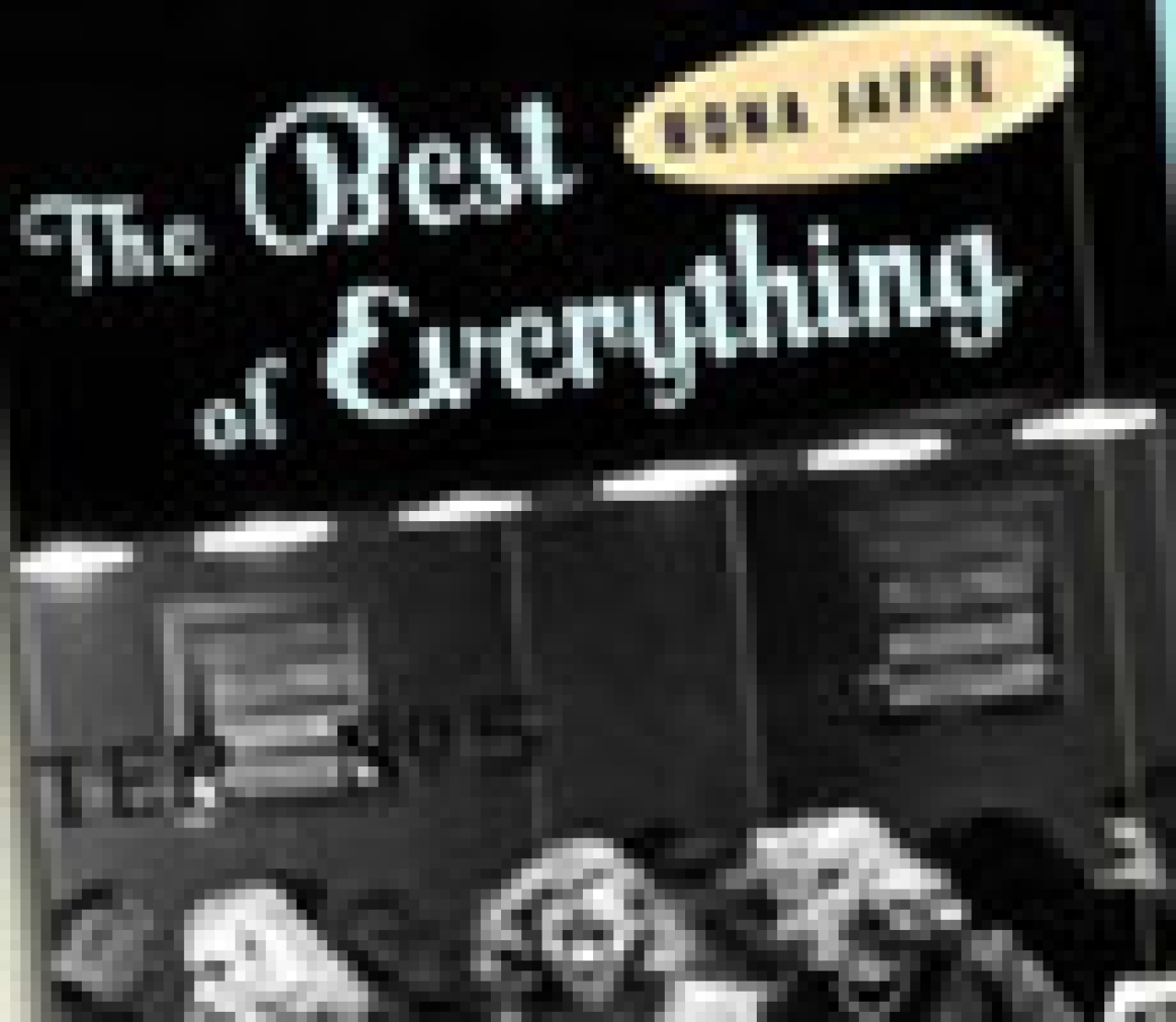The Best of Everything

(© Leah Michalos)
The light and clever hand of adapter/director Julie Kramer guides the new stage version of Rona Jaffe’s scandalous 1958 novel
The Best of Everything, now at HERE.
This fairly faithful redaction of Jaffe’s frank study (for its day) of young women navigating the choppy waters of a New York City paperback publishing house provides a panorama of outmoded mores as poignant as they are laughable. The result, however, is an absolute treat for the audience, as we get to snigger at the backwards ways of our female forebears, while being skillfully nudged into genuine empathy for their travails.
Fresh out of Radcliffe and recuperating from a broken engagement (the script starts with a playful flashback featuring a miniature ocean liner), the bright, impeccably groomed Caroline (Sarah Wilson) aims higher than her officemates: the yenta-ish Mary Agnes (Molly Lloyd, got up like a goofy Lynda Barry cartoon), naïve sex-kitten April (delightful Alicia Sable), bridge-and-tunnel-bred Brenda (Sas Goldberg), and junior vamp Gregg (Hayley Treider).
These young women – some ambitious, some just biding their time until marriage – can aspire no higher than the steno pool as the editorial ranks are closed to females. There is one token exception: the no-nonsense Miss Farrow (Amy Wilson), who is considered a dried-up crone at 36.
Wilson has big shoulder pads to fill – taking on the role essayed by Joan Crawford in the 1959 film version – and she does so with quiet, grim authority, her mouth a pinched line beneath the hat that Miss Farrow wears at all times to distinguish herself from the low-status female drones.
Other than Caroline’s ex-fiance Eddie, a dreamboat/cad played with oblivious entitlement by Jordan Geiger, the various men who figure in the story — as bosses, pursuers, and often both –- are all portrayed with subtle variations by Tom O’Keefe. It’s a casting concept that works brilliantly because, personal quirks aside, these men are interchangeable in the way they pursue and inevitably discard this fresh haul of romance-minded recruits.
Abetted by Lauren Helpern’s sleek and adaptable modernist set, Danuel Urlie’s flawless period costuming, and sound designer Jill BC Du Boff’s arcane interstitial ‘50s pop selections, The Best of Everything nimbly lives up to its title.











